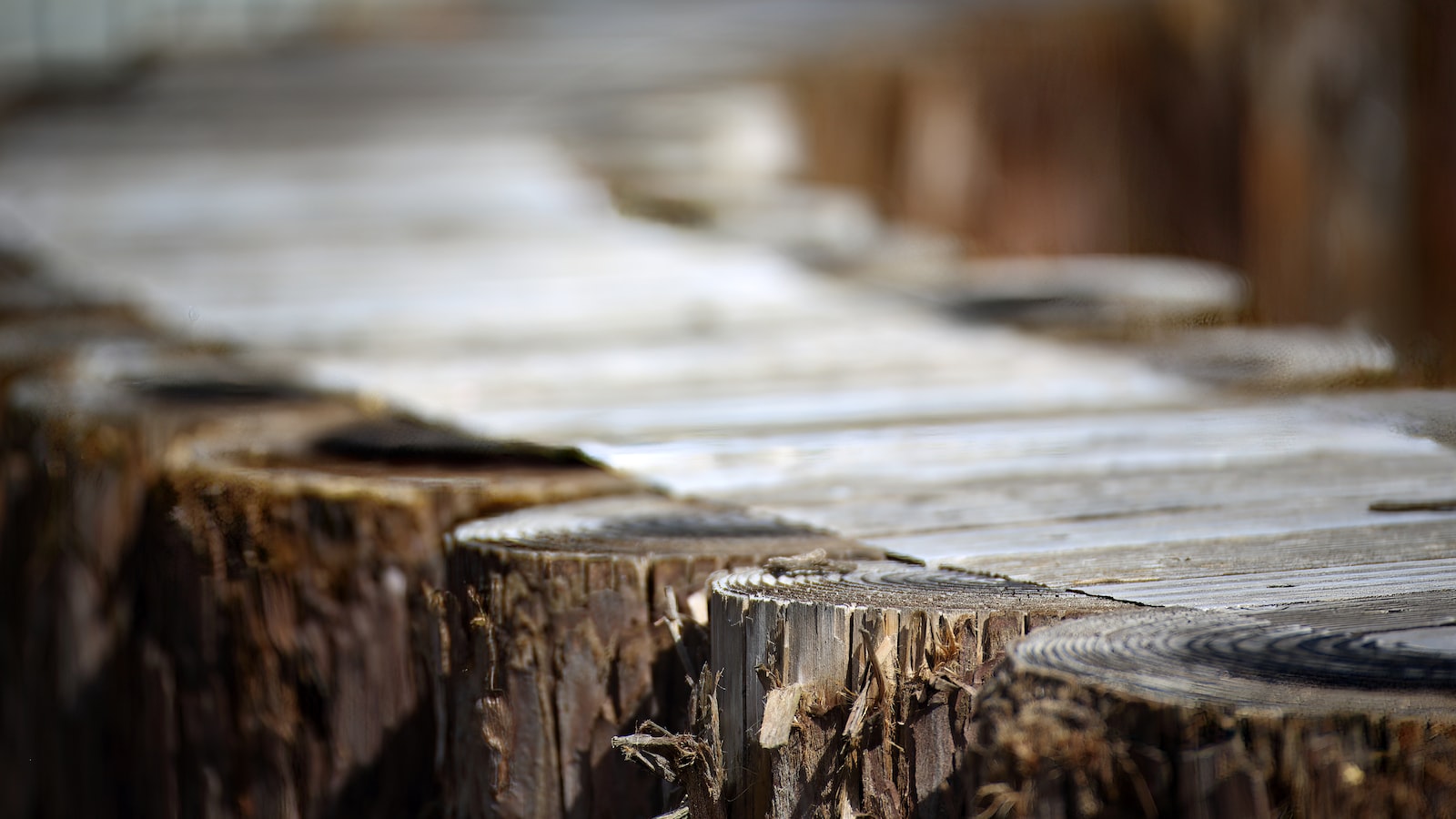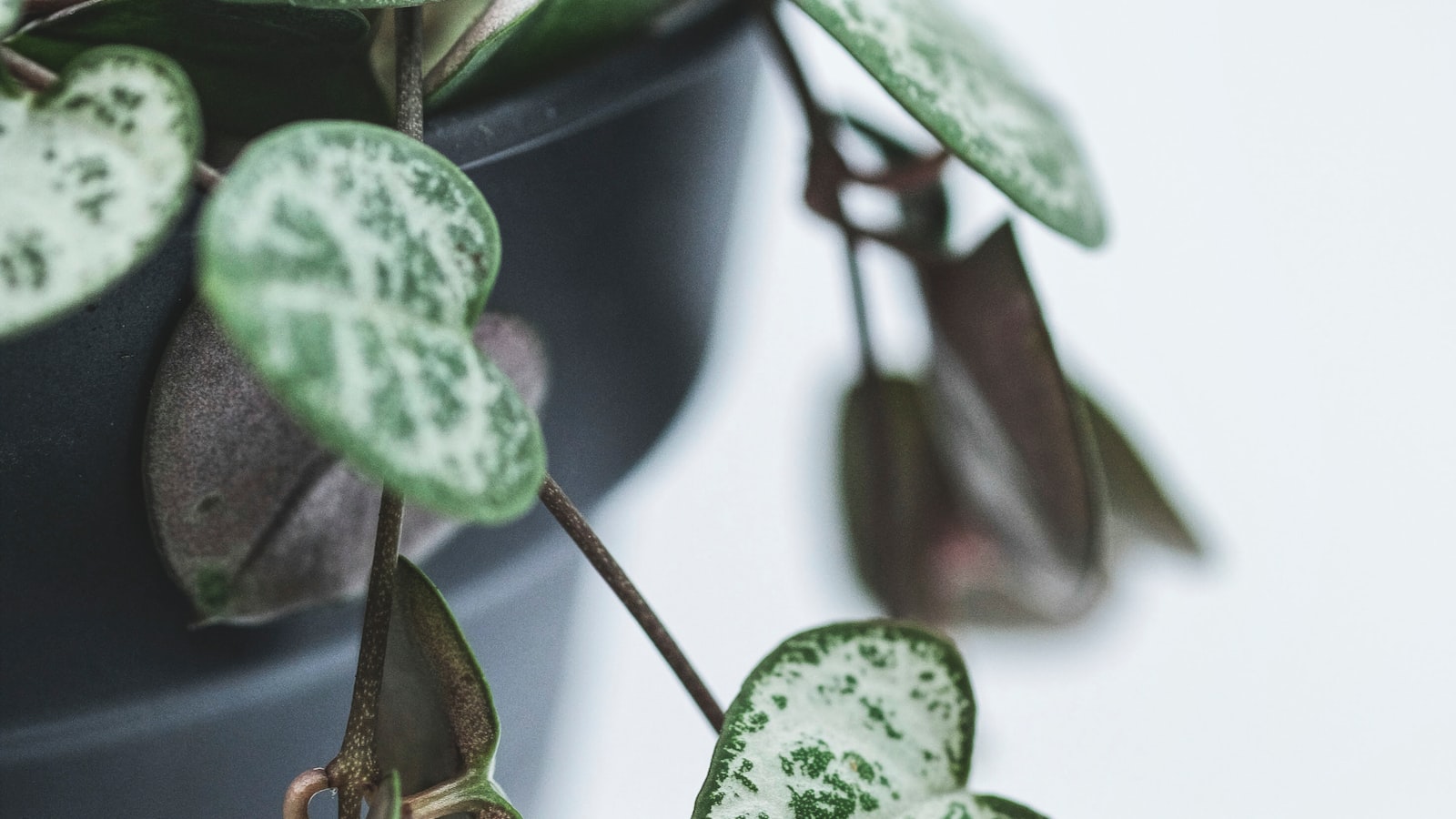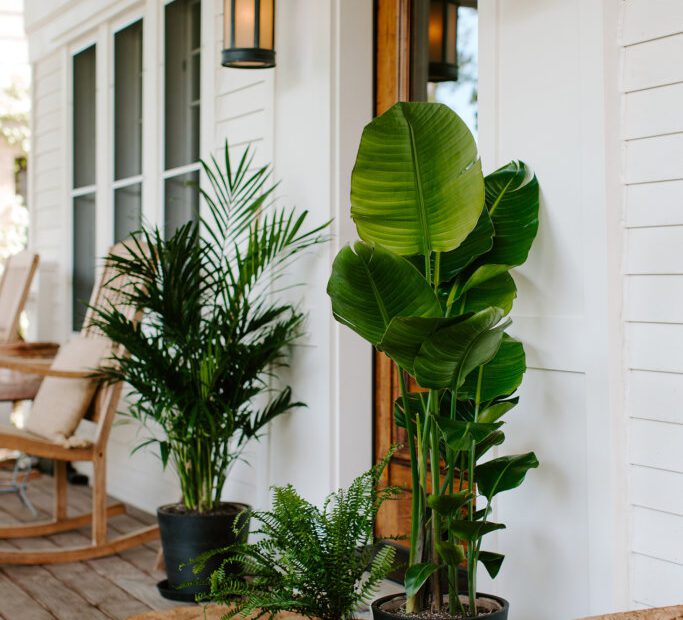Unleash the secret garden enthusiast within you as we dive into the fascinating world of plant migration! Yes, you read that right! If you’ve ever wondered which of your precious indoor plants could thrive in the wild embrace of the great outdoors, you’ve come to the right place. Like courageous explorers longing for a taste of the unknown, these resilient green beings are eager to stretch their roots beyond the cozy confines of your living room. So grab your gardening gloves, buckle up, and join us on an extraordinary journey of discovering which indoor plants have what it takes to venture into the wilds of your garden or balcony. Get ready to embrace the unexpected surprises that nature has in store for us; for indoors is just the beginning, and the great outdoors is waiting eagerly to welcome our green companions with open arms!
Indoor Plants That Can Thrive Outdoors: Adding Some Greenery to Your Outdoor Space
Adding a touch of greenery to your outdoor space can instantly enhance its beauty and create a serene and inviting atmosphere. While most plants are meant for outdoor growing, there are a few indoor plants that can thrive outside as well. These versatile plants not only add a unique aesthetic to your garden but also require minimal care and attention.
One such plant is the Peace Lily (Spathiphyllum). Known for its ability to purify indoor air, this humble plant can also thrive in shaded outdoor spaces. Its glossy green leaves and delicate white flowers make it a perfect addition to your garden. Another great option is the Snake Plant (Sansevieria), which is known for its ability to tolerate low light conditions. This hardy plant can thrive in both indoor and outdoor environments, making it an excellent choice for your outdoor space.
If you’re looking to add some color to your garden, consider the African Violet (Saintpaulia). With its vibrant purple blooms, this delicate plant can bring a burst of color to your outdoor space. Another colorful option is the Coleus plant, which features foliage in various vibrant hues. These shade-loving plants can add a beautiful pop of color to your garden beds or containers.
To help you choose the perfect indoor plant for your outdoor space, here are some features and tips to consider:
| Features | Tips |
|---|---|
| Low maintenance: | Look for plants that require minimal care and can withstand outdoor conditions. |
| Shade tolerance: | Consider plants that can thrive in partially shaded or shaded areas of your outdoor space. |
| Color and aesthetics: | If you want to add a pop of color, choose plants with vibrant flowers or foliage. |
Remember to check the specific care requirements for each plant and provide them with the necessary water, light, and soil conditions. With the right choice of indoor plants, you can effortlessly transform your outdoor space into a lush and inviting oasis.

Choosing the Right Indoor Plants for Outdoor Placement: Factors to Consider
Choosing the right indoor plants for outdoor placement requires careful consideration of several factors. To ensure the success of your greenery in an outdoor setting, take into account the following aspects:
-
Hardiness: Opt for indoor plants that are known to thrive in outdoor environments. Hardy plants like succulents, ivy, and ferns are excellent choices as they can withstand various weather conditions such as direct sunlight, wind, and temperature fluctuations.
-
Lighting Conditions: Evaluate the lighting conditions of the desired outdoor space to determine if it matches the plant’s light requirements. Some indoor plants thrive in bright, indirect light, while others tolerate low light levels. Ensure the outdoor spot provides suitable lighting for the particular plant species you plan to move outside.
-
Watering Needs: Consider the watering needs of your indoor plants before placing them outdoors. Many indoor plants require less frequent watering compared to their outdoor counterparts. Carefully monitor the moisture levels in the soil and adapt your watering routine accordingly to prevent over- or underwatering.
To simplify your decision-making process, here are a few key features and tips to keep in mind:
| Feature/Tips | Benefits |
|---|---|
| Size and Growth Patterns | Choose plants compatible with your outdoor area size and aesthetic preferences. Select compact or trailing plants if you have limited space, or opt for taller plants for vertical interest. |
| Climate Compatibility | Select plants that are well-suited to your region’s climate and outdoor conditions. This ensures they have a higher chance of thriving in their new environment. |
| Pest and Disease Resistance | Look for plants that are known for their resilience to common outdoor pests and diseases. This reduces the risk of infestation or plant loss. |
Consider these factors and features as you explore the exciting world of indoor plants that can gracefully transition to an outdoor space. By choosing wisely and providing suitable care, you’ll enjoy a lush and thriving green oasis in your outdoor environment.
Top Recommendations for Indoor Plants that can Easily Transition to Outdoor Environment
Indoor plants are a delightful addition to any home, sprucing up your living space and adding a touch of nature to your surroundings. But what if you want to take the beauty outside? Well, fear not! There are several indoor plants that can easily transition to an outdoor environment, allowing you to enjoy their green goodness both inside and outside your home.
One such plant is the Snake Plant, also known as Mother-in-Law’s Tongue. With its thick, vertical leaves that resemble snakes, this hardy plant is perfect for both indoor and outdoor spaces. It can tolerate a wide range of light conditions, from bright, direct sunlight to low light areas. Plus, its ability to thrive in both dry and humid environments makes it an ideal choice for both indoor pots and outdoor gardens. Another plant that can effortlessly make the move from indoor to outdoor is the Peace Lily. Known for its elegant white flowers and glossy green leaves, this plant thrives in medium to low light conditions. It prefers to be kept evenly moist, so make sure not to overwater it when transitioning it outdoors. Additionally, if you live in a region with mild temperatures, you can even plant your Peace Lily directly in the ground to create a stunning outdoor display.
Providing Care Tips for Indoor Plants Once They Are Moved Outside
As the weather warms up and the sun shines brightly, it’s tempting to move our beloved indoor plants outside to bask in the glorious outdoors. However, not all indoor plants are suited for this transition. It’s important to choose the right ones that can thrive in the ever-changing elements of the great outdoors. Let’s explore a few indoor plants that are well-suited for outdoor living:
| Indoor Plants | Outdoor Features & Tips |
|---|---|
| Ficus lyrata (Fiddle Leaf Fig) |
|
| Zamioculcas zamiifolia (ZZ Plant) |
|
| Sansevieria trifasciata (Snake Plant) |
|
Now that you know which indoor plants can venture outside, it’s time to prepare them for their new surroundings. Before making the big move, gradually acclimate your plants to the outdoor conditions by placing them in a shaded area for a few hours each day. This will help them adjust to the changes in temperature, humidity, and sunlight exposure.
Remember to monitor the weather forecast and bring your plants indoors if there’s a chance of frost or extreme weather. Provide the necessary care and attention to keep your indoor plants thriving in their outdoor abode, and they’ll reward you with vibrant green foliage and a refreshing touch of nature.
Frequently Asked Questions
Q: Can I release my indoor plants into the wild like they do in the movies?
A: Although it may sound adventurous, it’s not advisable to release indoor plants into the wild. Indoor plants are typically bred for a controlled environment and may not be suited to survive the harsh conditions found in the great outdoors. Instead, consider acclimating your indoor plants gradually to outdoor conditions.
Q: Are there any indoor plants that can thrive outside all year round?
A: Indeed, some indoor plants can flourish outdoors year-round, depending on your climate. Hardy succulents, such as jade plants or aloe vera, can handle extreme temperatures and bright sunlight. Likewise, some tropical plants like ferns and rubber plants can be placed outdoors in warm, shaded areas during summer months, as long as they are protected from frost and cold temperatures in winter.
Q: Is it possible to transition an indoor plant to the outdoors permanently?
A: Transitioning an indoor plant to permanent outdoor life can be a tricky endeavor. Consider the light requirements, temperature preferences, and humidity needs of your indoor plant. Start by slowly introducing it to outdoor conditions, increasing the time outside gradually. Monitor any signs of stress or damage and be prepared to bring it back indoors if needed. Keep in mind that not all indoor plants are suitable for permanent outdoor living, so research your specific plant’s needs and requirements. And there you have it! A delightful journey exploring the world of indoor plants that can seamlessly transition to your outdoor oasis. From the resilient spider plant that gracefully weaves its way between the walls of your living room to the elegant peace lily that can thrive under the gentle warmth of the sun, our green companions have proven themselves adaptable and ever-willing to embrace the great outdoors.
As you embark on your green thumb adventure, don’t forget to keep in mind the needs of your plant companions. Ensure they are gradually acclimated to the outdoor environment, shielding them from harsh sunlight and fluctuating temperatures. Remember, each plant is a unique individual, with its own set of requirements and preferences.
So, breathe life into your garden, and let these resilient indoor plants become the stars of your outdoor sanctuary. Unleash your creativity, experiment with different combinations, and watch your landscape transform into a captivating symphony of colors, shapes, and textures.
Remember, nurturing plants extends beyond mere decoration. It connects us with nature’s miracles, reminding us of the intricate beauty and resilience that lies within each living organism. So, whether you choose to bring the outdoors in or let your indoor plants venture into the wild, let this be an invitation to embark on a lifelong journey of discovery, growth, and love for the green world that surrounds us. Happy planting!
- When to Put Weed and Feed on Lawn in Michigan - October 16, 2023
- When to Fertilize Potatoes Plants - October 16, 2023
- Can You Plant Clover in the Spring - October 16, 2023
Contents
- 1 Indoor Plants That Can Thrive Outdoors: Adding Some Greenery to Your Outdoor Space
- 2 Choosing the Right Indoor Plants for Outdoor Placement: Factors to Consider
- 3 Top Recommendations for Indoor Plants that can Easily Transition to Outdoor Environment
- 4 Providing Care Tips for Indoor Plants Once They Are Moved Outside
- 5 Frequently Asked Questions

